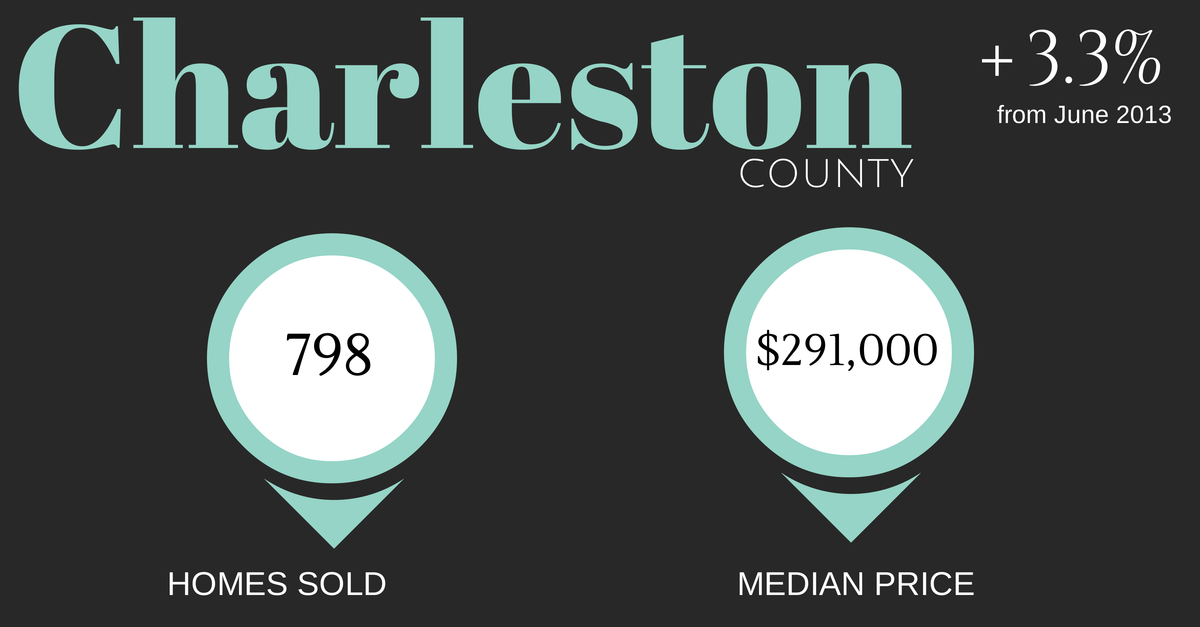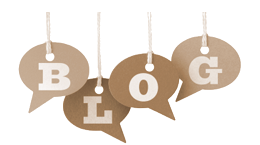Is Home Flipping More Complicated In An Up Market?
Flipping isn't as easy at is was just a couple of years ago. 3.2% of all single family home sales during the first quarter of 2014 in South Carolina were flips. That number is down from 9% during the first quarter of 2013. Why has that number decreased? It's partly due to the fact that the real estate market has recovered so nicely. Home prices in Charleston County have increased by 3.3% over the last year alone. The bottom line is this: quick cosmetic fixes aren't cutting it anymore.
Home flippers are facing a more complicated time. A new coat of paint and new flooring might do a lot to make a home's interior look fresh and new, but it's only scratching the surface. In a better economy, buyers have more leeway to demand more from a house. What can flippers do to appeal to potential buyers?
First, stay away from homes that have a feature that can't be fixed. For example, a home that is located next to a busy road will certainly be crossed off a lot of potential buyers' lists. In addition to cosmetic fixes, details that could bring more potential buyers include added square footage, a new roof, quality countertops and cabinets, and new appliances.
For flippers who are new to the game, this shouldn't be a huge change. But experienced investors who are used to flipping homes quickly might find the process somewhat more complicated these days. The key to a successful flip is to thoroughly inspect what needs to be fixed and compare it to the cost of the home and the desired profit. Make a budget, stick to it, and don't forget to allow wiggle room for any surprises that crop up along the way.
Last, but not least, don't be fooled by home-flipping shows you see on TV. They make it look incredibly easy, but what you don't see is all the work (both physical and administrative) that goes on behind the scenes. Only take on a project like this if you're ready to work hard and handle the inevitable unexpected issues.
Do you have experience with flipping homes? What other advice to you have for aspiring flippers?









 household cleaners might not top your list of first thoughts. But believe it or not, you can whip up your own natural cleaners with just a few ingredients you probably already have in your kitchen or bathroom! Check out our best recipes for natural, homemade cleaners.
household cleaners might not top your list of first thoughts. But believe it or not, you can whip up your own natural cleaners with just a few ingredients you probably already have in your kitchen or bathroom! Check out our best recipes for natural, homemade cleaners.

